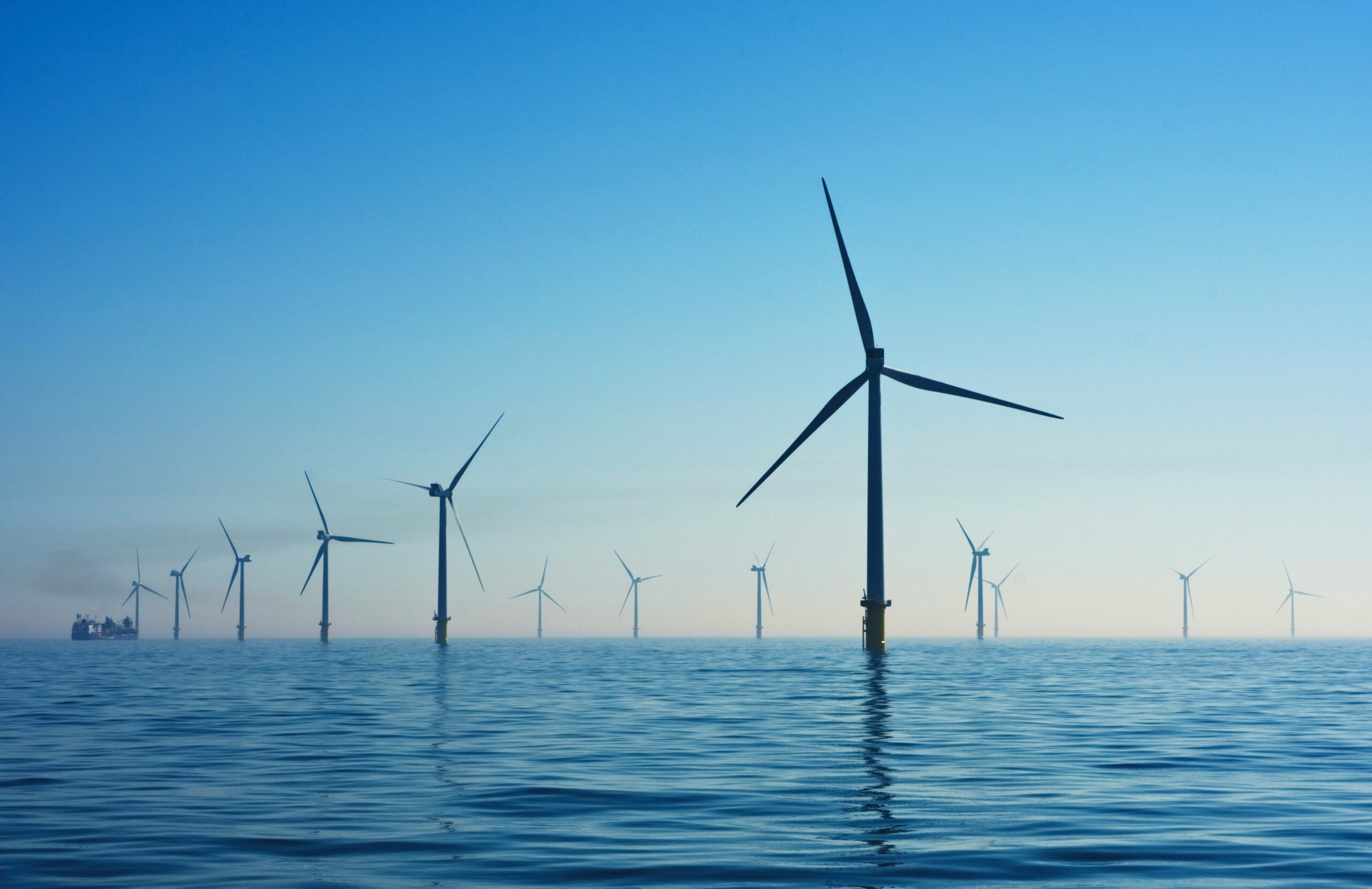Sovereign investors fall short on energy transition
Despite growth, SWF direct investments in climate make up just 0.5% of global total.
Sovereign wealth funds (SWFs) significantly increased their direct investments into the green transition through renewable energy and battery projects in 2023, but still comprise a tiny fraction of global clean energy capital deployment, according to a new report by consultancy PwC and two major SWF associations.
The report, published on December 10 in partnership with the International Forum on SWFs (IFSWFs) and One Planet SWF Network (OPSWF), states that financing allocated by SWFs to the energy transition “falls significantly short of what is required” to reach global decarbonisation goals.
SWFs directly invested some $7.8bn into renewable energy and battery projects in 2023, up from a previous high of $6.4bn set in 2022, according to the ‘Rethinking the role of long-term investors in the energy transition’ report.
This was equivalent to just 0.46% of the $1.7tn of global clean energy investment by all types of investors tracked in 2023 by the International Energy Agency. Direct investments tracked by IFSWF refer to SWFs’ direct equity stakes in clean energy companies or projects, rather than through traditional intermediaries.
In 2023, IFSWF also tracked for the first time $1.14bn invested directly by SWFs into industrial companies helping the energy transition, including those producing or operating heat pumps and carbon capture technologies.
Eric Janson, global private equity, real assets and sovereign investment funds leader at PwC, says that compared to other large investors like private equity funds, SWFs are “relatively newer in their ability to go out and directly invest large amounts of capital”.
But as state-backed investors undergo “continued maturation”, he expects their direct investing in the energy transition to continue, especially as clean technologies develop and long-term returns on capital improve. “We’re still very early on in where this trend is going,” he adds.
Policy initiatives like the US Inflation Reduction Act and EU Net-Zero Industry Act have acted as “significant catalysts” for renewable energy investments, says Enrico Soddu, head of data and analytics at IFSWF. But a lack of standardised data on the energy transition makes it difficult for SWFs to measure climate impact in their portfolios and deploy more capital.
Just over a third of SWFs have assessed the carbon footprint of their whole investment portfolio, while a further 41.4% are in the process of doing so, according to a 2023 survey by IFSWF and OPSWF.
“Without data, investors may be reluctant to allocate substantial resources to the energy transition,” says Mr Soddu, adding that financial risks, geopolitical concerns and policy hurdles are other barriers to more SWF clean energy investment.
Major political and economic events in 2024 have cast doubts over the world’s progress on the energy transition, including slow demand for electric vehicles and climate change sceptic Donald Trump’s re-election as US president. A climate finance agreement reached at last month’s UN’s climate event Cop-29 in Baku was also criticised by developing countries as “nothing more than an optical illusion”.
Many SWFs were formed using countries’ oil and gas revenues and have an interest in the continued use of fossil fuels that have helped make them into some of the world’s largest institutional investors. Bill Megginson, professor of finance at the University of Oklahoma, notes that “SWFs overwhelmingly make traditional cross-border equity investments” in profitable companies in the West rather than the energy transition.
These SWFs “were never planning to become ‘lead investors’ in the move away from the source of their own wealth,” he adds, noting that Trump’s return to the White House will likely mean the “meagre investment” is unlikely to rise. But with huge demand for renewable energy generation assets to supply electricity globally, especially in rapidly growing emerging markets like India, other experts say SWFs are increasingly looking for long-term clean energy opportunities.
Investment in the energy transition “will increase as SWF infrastructure allocations expand, the volume of large scale, investible transition projects increase, and the long-term risks inherent in long-term transition investments can be effectively parsed and managed,” says Patrick Schena, a professor at Tufts University who co-heads its Sovereign Wealth Fund Initiative.





